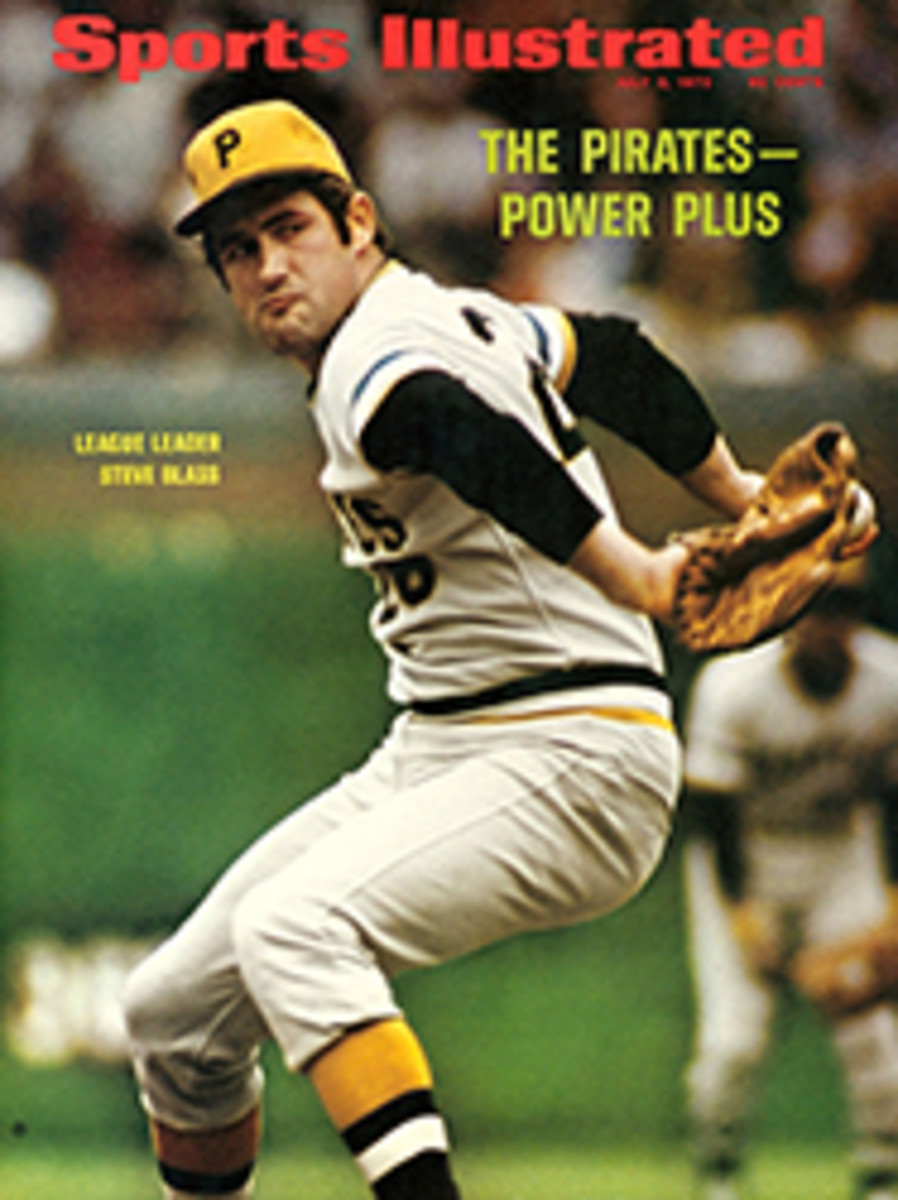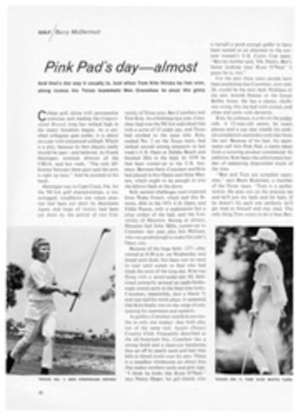
K. C. makes a hit with an odd couple
Scheinblum and Piniella may sound like a law firm put together to attract a clientele from different ethnic groups, but instead of being linked on a legal letterhead those nonhousehold names recently were found together at the top of the American League's batting rankings—Richie Scheinblum at .333 and Lou Piniella at .322.
The maturing of Piniella into a baseball hero Kansas City fans can depend upon and the emergence of Scheinblum as a rightfielder who can hit consistently from either side of the plate have allayed some of the season's disappointments. On June 1 Kansas City had lost five straight games, was 3-16 on the road and in last place. But that day at Minnesota Scheinblum hit a two-run eighth-inning pinch home run to break a tie, and the Royals won. "That," says General Manager Cedric Tallis, "was the turning point." Kansas City went on to win five consecutive series and progressed steadily toward the .500 mark. Scheinblum stood at .257 at the end of May, but .396 for the first three weeks of June.
Piniella was hitting only .225 in late April. Then in four games he went 10 for 17, has not been under .300 since and for most of June was in or close to the league batting lead.
From the time Tallis obtained him in a 1969 trade with Seattle, Piniella has had many Kansas City fans. Although lacking the power of two previous favorites, Gus Zernial and Bob Cerv of the Athletics, Piniella is a more consistent hitter than either—and far handsomer. He plays with an impetuosity matching his explosive temperament. Tagged by some as a bad outfielder, he really isn't. As Tallis puts it, "He looks clumsy, but he catches the ball." So he does, pounding the turf after long flies and lunging and diving for liners. Some call him a foolhardy base runner. He says he is aggressive. At the least he is adventuresome. In one game this year he was thrown out at third and also at home, the latter when he ignored the implorings of Third-Base Coach George Strickland. But as long as he is hitting, his followers gladly forgive him his bits of failed daring.
Once given to outbursts of temper, Piniella, now a mature 28, keeps himself mostly in check these days. And he is proud of his fielding. "Maybe I do look a little awkward," he says, "but who wouldn't, playing next to Amos Otis? It is true though that the reason I lack one hour for my degree from the University of Tampa is that I flunked a course in square dancing. The instructor said I had two left feet. I blamed it on my partner."
Scheinblum, a product of New Jersey, got his foot in with the Royals after they traded Bob Oliver to California in early May. Tallis and Lemon were convinced that the distant walls in Municipal Stadium muffled Oliver's power.
"At first I was reluctant to go with Scheinblum," says Royal Manager Bob Lemon, "because I didn't think he was too good defensively. But we got to a point where we needed hitting, so I put him in. He's given us the hitting and so far he's done a good job on defense, too."
Scheinblum has always been hampered by bad starts. In 1969, for example, he went hitless in his first 34 at-bats for Cleveland. But Lemon must feel he is ready now. He has to be.
Scheinblum says the fact that Kansas City has pretty much left his batting style alone has helped him overcome years of advice from such experts as Birdie Tebbetts ("Throw your rear end out"), Alvin Dark ("Bend your knees") and Ted Williams ("Stride into the ball"). "I pull my head," Richie says, "swing up and collapse my back leg—things I shouldn't do. I've tried to change, but I always go back to my old style." Which may help K.C. develop a new style of its own—winning.
PHOTO
LOU PINIELLA DANCES WARILY OFF BASE
PHOTO
RICHIE SCHEINBLUM TAKES A HEFTY CUT

